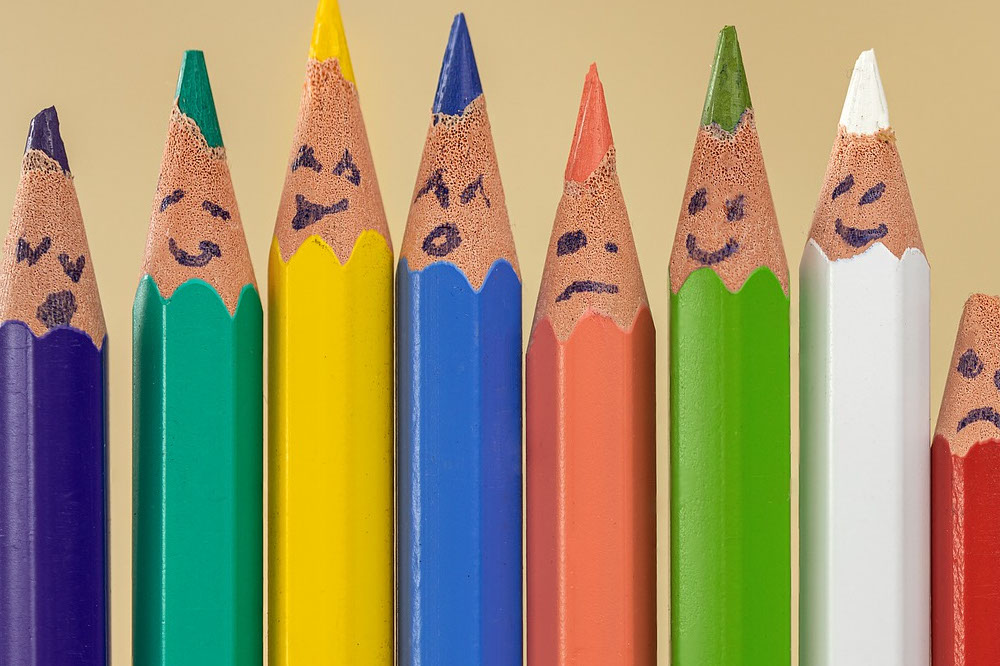I'm going to start this article with a word of caution; take all UX job titles with a grain of salt. User experience (UX), is still a relatively new and constantly evolving field. UX job titles and duties vary based on the employer. One company's UX designer is another company's UX researcher and yet another company's UX engineer. Try to focus on the job description rather than the title. Even then, the waters can be very murky and, from my experience, you'll really only have a better picture of what the job is when you interview and ask questions.
Who are these UX people? What are some of these job titles and descriptions? Let's take a look at some of the most common UX roles and a small sample of the duties associated with these roles.
I'm going to start with the user experience researcher or 'UX researcher' because without user research you cannot identify and solve customer problems. You've heard the old saying, you are not your users. Thinking you know what users need is a big mistake and that's been proven time and time again. UX researchers interact with users to understand what they need to make products intuitive and enjoyable.
UX researcher:
- Recruiting targeted participants for specific research studies
- Conducting stakeholder and client interviews
- Crafting personas and journey maps
The user experience designer or 'UX designer' is probably the most recognizable title. UX designers participate in every stage of the UX process. They typically aren't specialists in any one function.
UX designer:
- Creating UX strategy and design using information based on research - UX designers sometimes also participate in user research.
- Building product prototypes and conducting usability testing
- Communicating with users and stakeholders throughout the design process
Next up is the user interface designer or 'UI designer' and no the job description for this is not the same as for the 'UX designer.' The UI designer takes the principles of UX and applies them to a product's interface, the menu, screen layout, form placement, etc. The skills of a UI designer can be similar to the skills of a traditional web or graphics designer.
UI designer:
- Designing a product's screens or pages
- Coordinating the screens with the overall UX stategy
- Creating high-fidelity mockups and product style guides
The interaction designer focuses on how the user interacts with elements on the screen. When a user interacts with a particular element, such as clicking a button or opening a modal, what does the transition look like? What is the response time?
Interaction designer:
- Building interaction and animation into designs
- User testing of interaction elements
- Ensuring interactions are consistent with user research results
The information architect is responsible for making products understandable and easy to navigate.
Information architect:
- Card sorting
- Determining hierarchies of information and content flow
- Delivering taxonomies and wireframes
Most UX teams will include some or many of these UX roles. But, every company has a different set of requirements for these roles and some roles even overlap. Getting ready to apply for a job in UX? Remember, don't apply for a position solely based on the title; read the job description and be prepared to ask lots of questions should you get an interview. Good luck out there!
The goal of a designer is to listen, observe, understand, sympathize, empathize, synthesize, and glean insights that enable him or her to make the invisible visible.
~ Hillman Curtis
